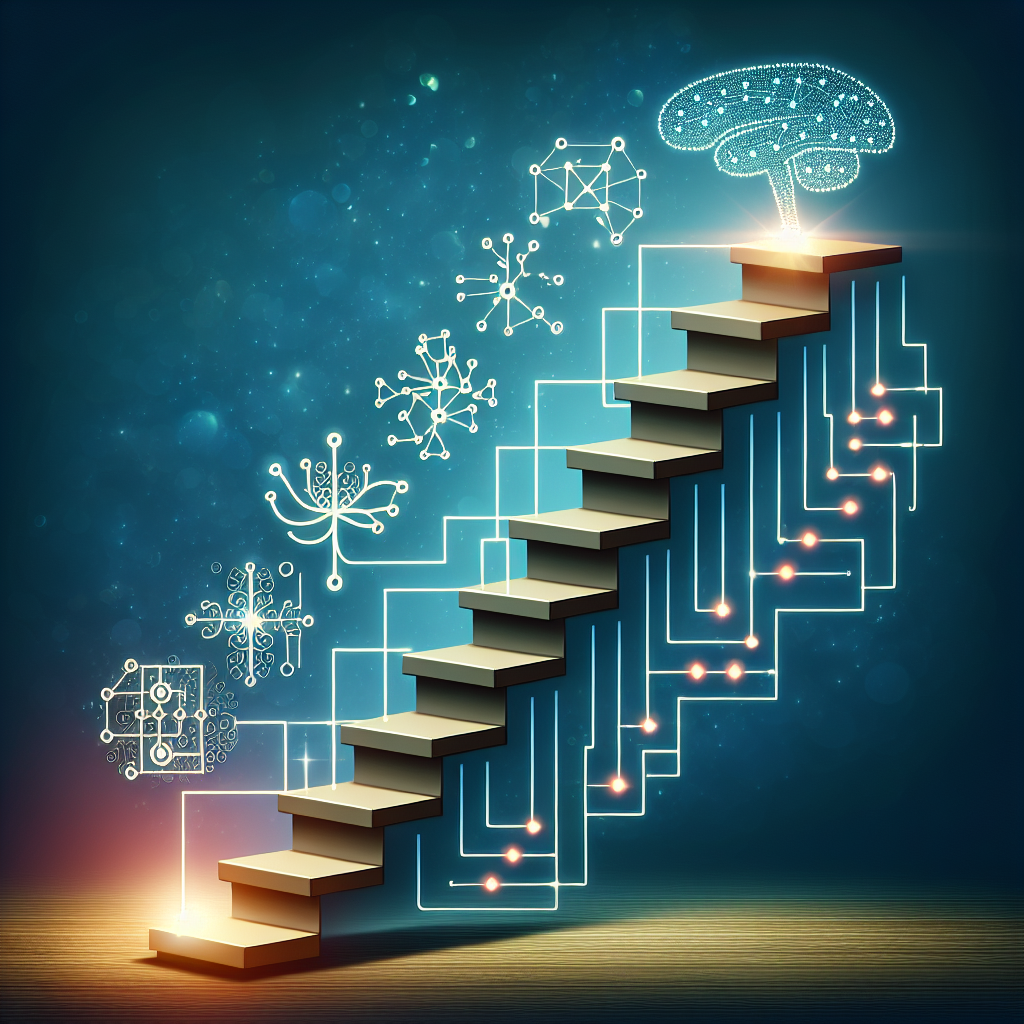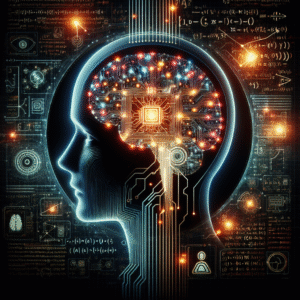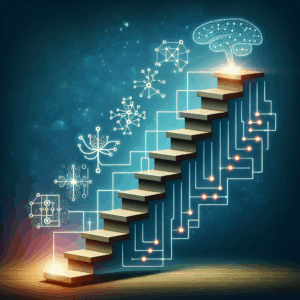Deep learning is an exciting and rapidly evolving field of artificial intelligence (AI) that has transformed the way we approach problem-solving in various domains, from computer vision and natural language processing to robotics and game playing. At its core, deep learning involves neural networks with multiple layers, allowing computers to learn from large amounts of data. In this guide, we will explore the fundamental concepts of deep learning and provide a step-by-step approach to understanding and implementing deep learning models.
Understanding Deep Learning
What is Deep Learning?
Deep learning is a subset of machine learning that uses neural networks to model and understand complex patterns in data. These neural networks mimic the human brain’s architecture, consisting of layers of interconnected nodes, or "neurons," that process data. By increasing the number of layers—or depth—of these networks, we can capture more intricate patterns, hence the term "deep learning."
The Core Components of a Neural Network
-
Input Layer: This is the layer where data enters the neural network. Each neuron in this layer represents a feature or attribute of the input data.
-
Hidden Layers: These layers perform computations and feature extraction. The more hidden layers a network has, the deeper and more capable it becomes at recognizing complex patterns.
-
Output Layer: This layer provides the final output of the neural network. In a classification task, for example, each neuron might represent a different class.
-
Weights and Biases: These are parameters that the neural network learns and adjusts during training to map inputs to the correct outputs accurately.
- Activation Functions: These functions introduce non-linearity into the model, allowing the network to learn complex relationships. Common activation functions include ReLU, Sigmoid, and Tanh.
Setting Up a Deep Learning Model: A Step-by-Step Approach
Step 1: Define the Problem
Before jumping into building a model, it’s crucial to define the problem clearly. Is it a classification task, such as identifying objects in an image, or a regression task, like predicting house prices? A well-defined problem guides the choice of network architecture and evaluation metrics.
Step 2: Gather and Prepare Data
Data is the lifeblood of deep learning. You’ll need a large, well-annotated dataset to train your model effectively.
-
Data Collection: Gather data from reliable sources. For image recognition tasks, datasets like ImageNet or CIFAR-10 might be useful.
- Data Preprocessing: Data often needs to be cleaned and transformed. This might involve normalizing values, handling missing data, and augmenting images with rotations or flips to increase diversity.
Step 3: Choose a Model Architecture
The choice of network architecture depends on the problem domain and the specifics of the task.
-
Convolutional Neural Networks (CNNs): Ideal for image-related tasks, CNNs can detect spatial hierarchies in images.
-
Recurrent Neural Networks (RNNs): These are suited for sequential data, like time-series or text, due to their ability to maintain context via memory cells.
- Transformer Networks: Highly effective for tasks involving language and sequence data, thanks to self-attention mechanisms that allow the model to focus on different parts of the input sequence.
Step 4: Train the Model
Training involves feeding data through the network, calculating the error using a loss function, and adjusting weights using optimization techniques like gradient descent.
-
Batch Training: Data is divided into batches to make computation more manageable and helps in updating the weights iteratively.
- Learning Rate: This hyperparameter determines the step size during weight updates. Fine-tuning this can significantly impact the model’s performance.
Step 5: Evaluate and Tune the Model
After training, the model’s performance must be evaluated using a separate test dataset. Common evaluation metrics include accuracy for classification tasks and mean squared error for regression tasks.
-
Hyperparameter Tuning: Adjusting the model’s parameters, such as the number of hidden layers or neurons, learning rate, or batch size, to improve performance.
- Cross-Validation: Splitting data into training and validation sets multiple times to ensure that the model’s performance is consistent and not due to random data partitioning.
Step 6: Deploy the Model
Once satisfied with the model’s performance, it’s time to deploy it into a production environment where it can make predictions on new data. This might involve integrating the model into an application or using cloud platforms for scalability.
Tools and Libraries for Deep Learning
Several powerful tools and libraries make implementing deep learning models more accessible:
-
TensorFlow: Developed by Google, this open-source library is widely used for building and deploying deep learning models.
-
PyTorch: Known for its flexibility and dynamic computation graph, PyTorch is favored by researchers and offers a more intuitive experience for many users.
- Keras: A high-level API for building and training deep learning models, Keras runs atop TensorFlow and simplifies many complex processes.
Challenges and Considerations
Despite its potential, deep learning has challenges:
-
Data Dependency: Deep learning requires large datasets, which can be hard to obtain or label accurately.
-
Computational Resources: Training deep networks demands significant computational power, often requiring specialized hardware like GPUs.
-
Interpretability: Deep learning models can be seen as "black boxes," making it difficult to understand how they make decisions.
- Overfitting: Models can memorize training data instead of learning to generalize, leading to poor performance on unseen data.
Conclusion
Deep learning remains a transformative technology with applications across industries. By following a structured, step-by-step approach—defining the problem, preparing data, choosing the right model, training, evaluating, and deploying—you can harness the power of deep learning to solve complex problems. Though challenges exist, the growing accessibility of tools and resources makes it an exciting field for both novices and experts alike. Whether it’s enhancing image recognition, improving natural language understanding, or driving autonomous vehicles, deep learning continues to expand the boundaries of what’s possible with AI.




